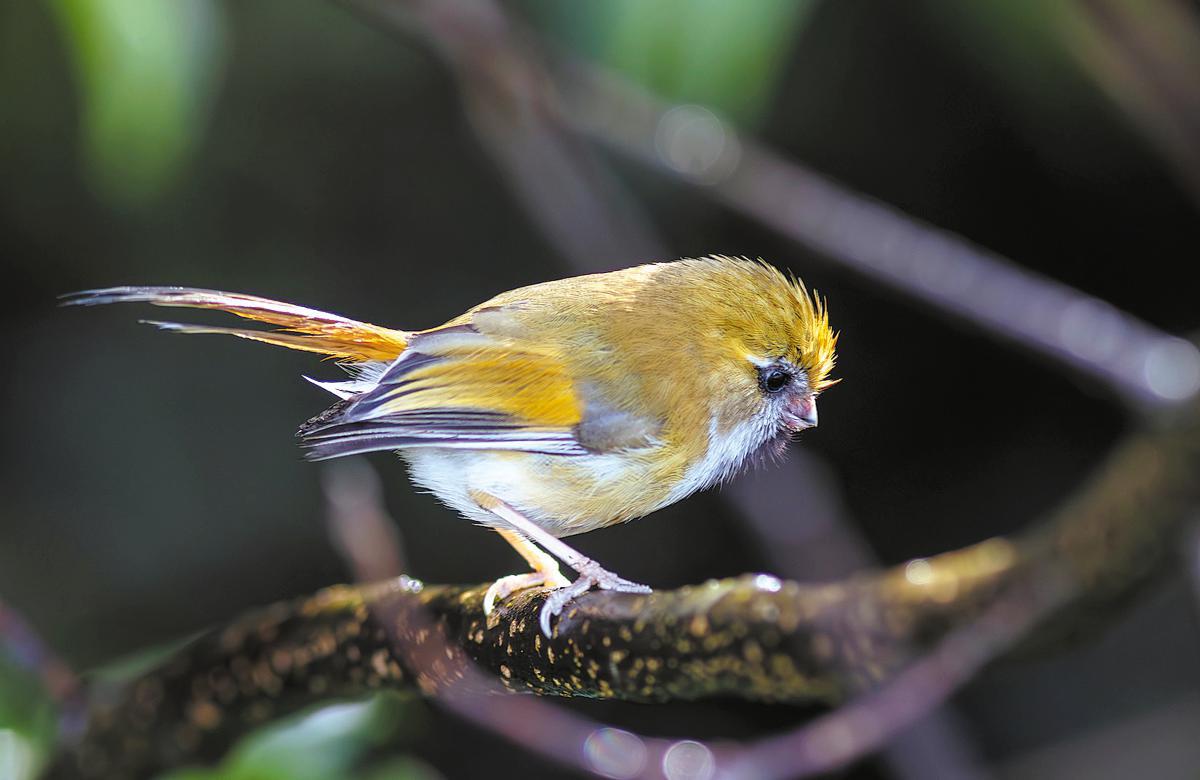Rangers put passion into scientific surveys
Bird and butterfly monitoring taken to the next level in Guangdong reserve


During the survey, Liu meticulously studied, consulting reference materials to identify birds and learned monitoring techniques from the senior researchers.
"They would tell me what kind of bird it was, pointing out its key identifying characteristics," Liu said. "Slowly, I became interested in birds and I thought I should learn how to identify the common birds in our reserve."
For over two years, Liu diligently participated in the bird survey, mastering the necessary skills and methods. He gradually developed the expertise to conduct bird monitoring independently.
Today, Liu can identify most birds found in the reserve by their song alone, a true Nanling avian specialist.
In 2015, the reserve established a scientific monitoring team to track the changes in bird species, populations and habitat conditions.
Liu served as the team leader, responsible for developing monitoring plans and organizing surveys. His duties included setting up line transects, conducting surveys, recording data, writing reports, organizing events such as birdwatching carnivals, and raising public environmental awareness.
Walking the line transects has become a well-worn path for the ranger.
Over the years, the number of line transects in the Nanling reserve has grown from the initial 15 to 42.
Through line transect monitoring, Liu has recorded nearly 230 bird species. Combined with sightings from the periphery of the reserve, his Nanling bird species list totals 363.
From 2015 to 2020, Liu and his colleagues conducted comprehensive monitoring four times annually. After 2020, they reduced the frequency to twice a year, with each survey taking 20-30 days, during which time they would walk about two line transects each day.
Last year, Liu began inviting volunteers from the public to participate in the surveys. In the first half of last year, he recruited more than 20 bird-watchers. "With their help, we were able to complete a survey-covering all the reserve's line transects — in just 10 days," he said.
This was a novel approach. "The reserve is short of capable hands, but there are many experienced bird watchers outside," Liu said.
Monitoring along the line transects relies primarily on identifying birds by their calls because it's difficult to see them in the forest. "I found fewer than 10 fully qualified surveyors from the participating volunteers," he added.
























